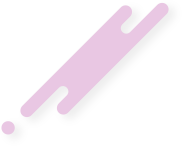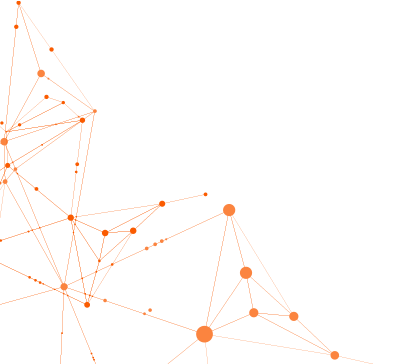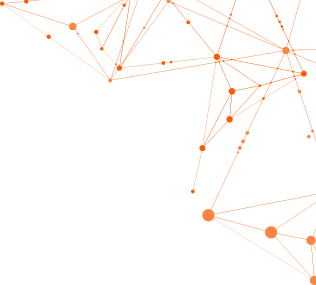The most basic benefit of using the RFTT system is the convenience of tracking linen on-the-go; soiled pick up, sorting after the wash cycle, packaging and distribution of clean linen, RFTT system provides a 24/7 live information.
Soiled check-out, clean check-in terminals, security gates, internal uniform dispatch stations are positioned at customer locations like hotels and hospitals, all communicating online with the RFTT Server positioned inside the laundry.
Uncountable linen, when tagged with RFID, becomes a trackable asset with a crystal clear digital footprint.
With the RFTT technology an industrial laundry can monitor stock and loss in real time, weed out old linen and will never mix articles & customers.




